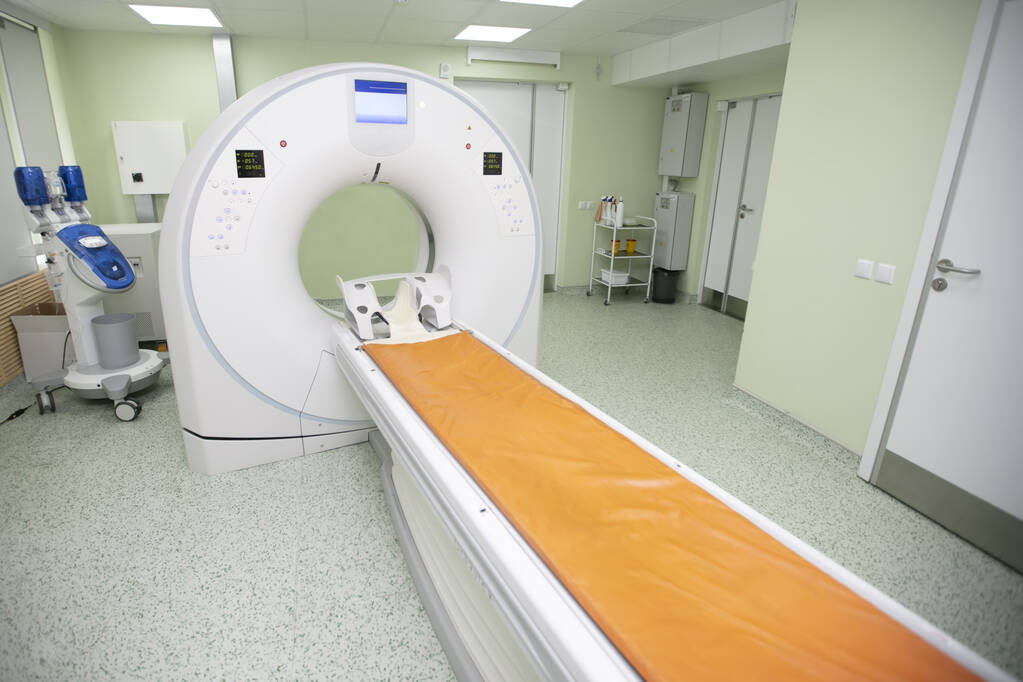Reading Time: 4 minutesSecrets of the White House Drug – Modafinil Modafinil has been called many things, but
Category: News Modafinil
In the fast-paced world of cognitive enhancement, staying informed is not just an advantage it’s a necessity. For those looking to Buy Modafinil Online, having a trusted source for the latest developments is crucial. Welcome to the Modafinil News section on ModafinilUP.com, your definitive resource for everything happening in the realm of this powerful smart drug.
We meticulously track the entire landscape to bring you current and authoritative reports. Our coverage spans from groundbreaking clinical research and shifts in global legal regulations to evolving market trends and firsthand user experiences. This comprehensive approach ensures you are fully equipped with the knowledge to make informed decisions.
Whether you are a seasoned user seeking to Buy Modafinil Online safely, a healthcare professional monitoring therapeutic applications, or simply a curious mind interested in nootropics, our news section is designed for you. We provide valuable insights that go beyond the headlines, offering deep analysis and context.
Dive into our regularly updated articles and ensure your knowledge is as sharp as your focus. Explore ModafinilUP.com today and navigate the dynamic world of modafinil with confidence and expertise.
Reading Time: 2 minutesDave Lewis joins the Modafinilup project as a highly esteemed pharmacologist and researcher, bringing with








